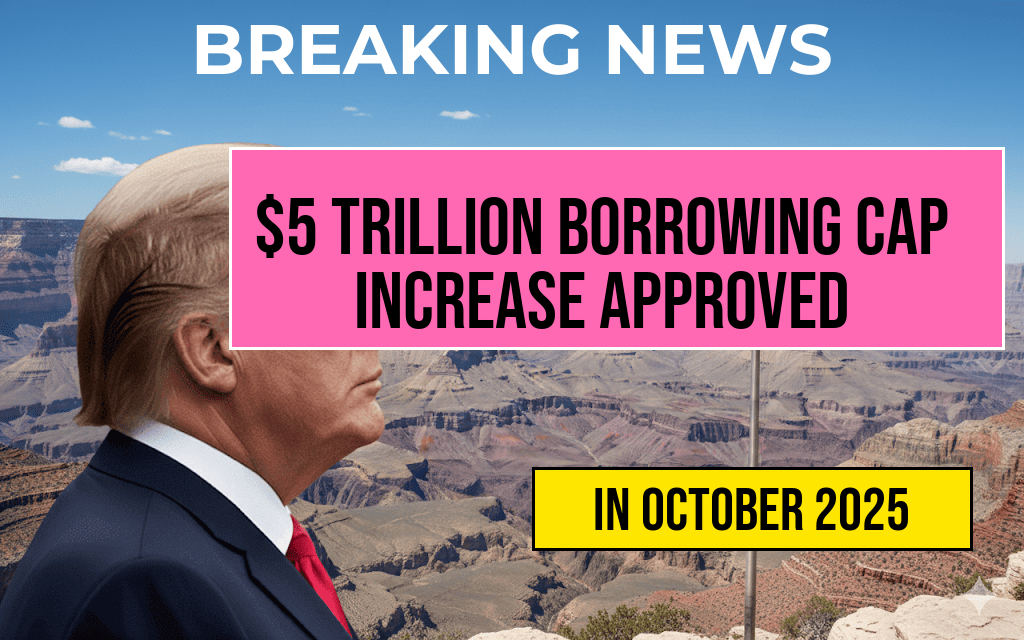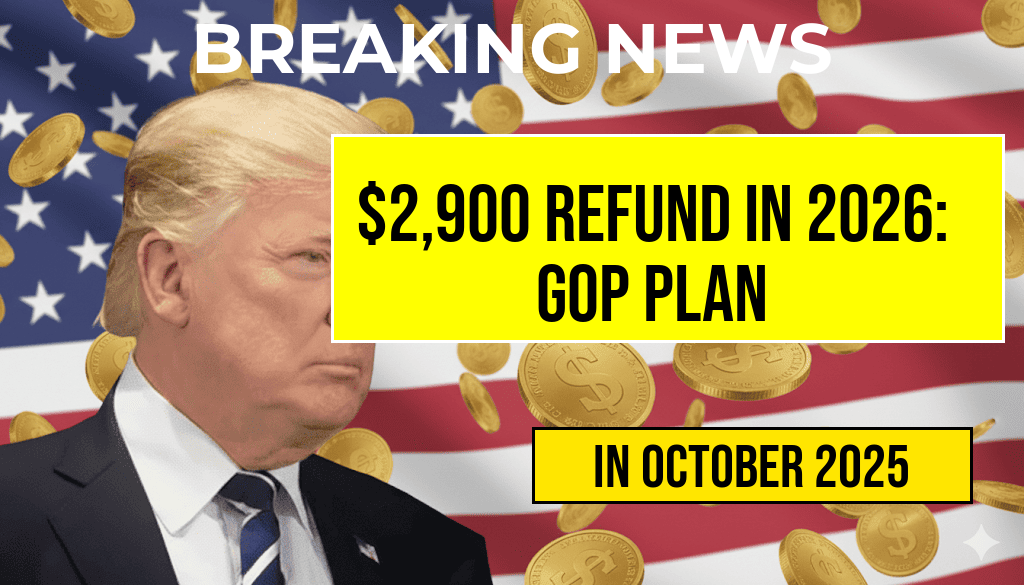In a significant legislative move, Congress has approved an increase of the national borrowing cap by $5 trillion, a decision that could have far-reaching implications for the U.S. economy and individual retirement savings plans, particularly 401(k)s. The increase aims to prevent a government shutdown and ensure that the nation can meet its financial obligations. This decision comes amid ongoing concerns about inflation and economic stability, raising questions about how increased national debt may impact the financial futures of everyday Americans. Financial analysts warn that while this measure might provide short-term relief, it could have longer-term consequences for investment strategies, including those tied to retirement funds.
Understanding the Borrowing Cap Increase
The borrowing cap, also known as the debt ceiling, is a limit set by Congress on the amount of money the federal government may borrow to cover expenses. Raising this cap allows the government to avoid defaulting on its existing obligations, which could include interest on national debt, Social Security payments, and military salaries. The recent decision reflects a growing consensus among lawmakers that the immediate risks of default outweigh concerns about increasing the national debt.
Potential Economic Implications
Experts predict that the increase in the borrowing cap could have various economic ramifications:
- Interest Rates: If the national debt continues to rise, it may lead to higher interest rates as investors demand more return for the increased risk associated with U.S. debt.
- Inflation Pressure: An expanded money supply to finance the increased debt may exacerbate inflation, influencing consumer prices and purchasing power.
- Market Volatility: Uncertainty surrounding fiscal policies can lead to fluctuations in the stock market, which may affect retirement accounts.
How This Affects Your 401(k)
For many Americans, 401(k) plans are a cornerstone of retirement savings. The impact of the borrowing cap increase could manifest in several ways:
Investment Strategy Adjustments
As government borrowing increases, financial markets may react unpredictably. Investors might reconsider their asset allocations in response to anticipated changes in interest rates and inflation. Stocks often respond negatively to rising interest rates, which could lead to decreased returns for 401(k) investments that are heavily weighted in equities.
Inflation and Purchasing Power
With the potential for rising inflation, the purchasing power of retirement savings could diminish. As prices for goods and services rise, the real value of the money saved in a 401(k) could decrease, making it essential for investors to consider inflation-protected investments.
What Should 401(k) Holders Do?
In light of these developments, 401(k) holders may want to take proactive steps to safeguard their retirement savings:
- Diversify Investments: Consider shifting some assets into bonds or other fixed-income investments that may perform better in a rising interest rate environment.
- Stay Informed: Keep abreast of economic indicators and fiscal policies that could affect market conditions.
- Consult Financial Advisors: Seek professional guidance to tailor investment strategies that align with individual risk tolerance and retirement goals.
Conclusion
The approval of a $5 trillion increase in the borrowing cap is a pivotal moment in U.S. fiscal policy, with potential implications for individual investors and the broader economy. While immediate concerns about government obligations are being addressed, the long-term effects on inflation, interest rates, and market stability warrant careful consideration. As 401(k) holders navigate this changing landscape, adapting strategies to mitigate risks will be crucial for securing their financial futures.
Additional Resources
For more information on the impacts of the U.S. borrowing cap and economic strategies, visit:
- United States Public Debt – Wikipedia
- 401(k) Contribution Limits – Forbes
- Understanding Inflation – Investopedia
Frequently Asked Questions
What does the $5 trillion borrowing cap increase mean for my 401(k)?
The approved increase in the borrowing cap by $5 trillion could influence the overall economic stability, which in turn may affect the performance of your 401(k) investments, particularly in stocks and bonds.
How might the borrowing cap increase impact stock market performance?
With a higher borrowing cap, the government may inject more liquidity into the economy, potentially boosting stock market performance. However, this could also lead to inflation concerns that may negatively affect long-term investments.
Should I change my 401(k) investment strategy in light of this news?
It’s essential to evaluate your 401(k) investment strategy based on your financial goals and risk tolerance. While the borrowing cap increase may have implications, consider consulting with a financial advisor before making significant changes.
What are the potential risks associated with the increased borrowing cap?
The increased borrowing cap could lead to higher levels of national debt, which may impact interest rates and inflation. These factors can create uncertainties that could affect the long-term growth of your 401(k).
Is there any historical precedent for how borrowing cap increases affect retirement savings?
Historically, increases in borrowing caps have had mixed effects on retirement savings. While they can stimulate short-term economic growth, they may also lead to long-term inflationary pressures that can erode the purchasing power of your savings.




